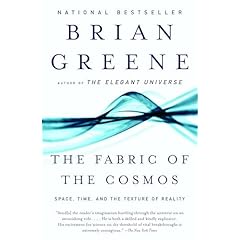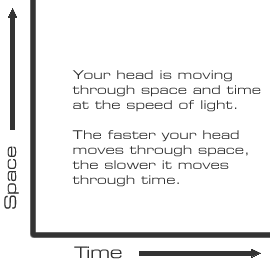 A simple explanation of why people with more money than 99.999% of the rest of earths population still don't have enough.
A simple explanation of why people with more money than 99.999% of the rest of earths population still don't have enough.
It seems that a lot of high tech entrepreneurs are learning about the afflictions that venture capitalists have been suffering under for years. Those returns just aren't as big as the other guys.
From the Times: In Web World, Rich Now Envy the Super-Rich
...Envy may be a sin in some books, but it is a powerful driving force in Silicon Valley, where technical achievements are admired but financial payoffs are the ultimate form of recognition. And now that the YouTube purchase has amplified talk of a second dot-com boom, many high-tech entrepreneurs — successful and not so successful — are examining their lives as measured against upstarts who have made it bigger.
Reference points only make matters worse, Mr. de Botton said. He pointed to research that has been done on attractive women who feel ugly when surrounded by images of more beautiful women. “Very often the problem isn’t so much what an individual happens to look like, but the extraordinary comparisons being made,” he said.
So what's behind this mid-life crisis? This study, by academics from Pennsylvania State and Harvard University, finds that richer people tend to be happier than poorer people. But the data revealed that the green-eyed monster jealousy influences how people gauge how happy they are.
"The higher the income of others in one's age group, the lower one's happiness," said Glenn Firebaugh a sociological researcher at Pennsylvania State University, one of the report's co-authors.
The research contains a worrying message for society, as the close observance of others' income, a "keeping up with the Joneses" trend, forces people to continually increase their income, the report said.
"Rather than promoting overall happiness, continued income growth could promote an ongoing consumption race where individuals consume more and more just to maintain a constant level of happiness," said Firebaugh.
According to the research of Brehm in 1985, there are five stages of jealousy:
The first stage is the suspicion of the threat. In this stage people are insecure and may see signs of disaster where there are none. They tend to feel competitive to those they see as threatening.
In the next stage people begin to assess the threat and they become very protective of their possession. They worry themselves sick wondering what is happening or may happen in their relationships. These feelings of insecurity may lead them to spy on their significant other and/or the perceived rival. They question their partner`s fidelity and their own desirability.
The third stage is called emotional reaction. Here people determine if there is a threat and then react to it. People can react with a wide range of emotions depending on the person and the situation. Their reactions can range from clinging dependency to violent rage at the competitor or their partner. Their reactions may be to criticize themselves, become depressed, or resent their partners.
The next stage is called the coping response. There are two basic responses here. People either do their best to repair the threatened relationship, or they become competitive and look for ways of getting even with their mate and the competitor. Men and women tend to differ in their coping responses. Women are more likely to become depressed and blame themselves, whereas men become more competitive and angry. Research indicates that females are more jealous than males over situations involving the partner spending time on a hobby or with family members, but other situations evoke no sex differences (Hansen, 1985).
The final stage according to Brehm is the outcome stage. People ask themselves how their reactions are effecting their relationship. They determine whether they are helping or harming their threatened relationship with such emotional responses.
According to McIntosh and Tangri (1989), jealous behaviors are divided into two types, direct and indirect. Direct behaviors are more confrontational behaviors such as confronting a partner about a jealousy-evoking event. The indirect type includes behaviors that are less confrontational such as giving a partner the silent treatment.
It would appear that the evidence suggests that jealousy is hardwired into us humans and if we're in certain situations their's little we can do.
Certainly there is much to be said for the benefits of jealousy; it makes you work harder and strive to out compete others. In many business situations this is exactly what you want. But the fact is that it comes at a price. I'm sure if you asked people what they want 'happy' trumps 'rich', although many equate the two. It's obvious that that's not the actual case.
Perhaps the high tech answer is to trade in the BMW or Ferrari and get a minivan. After all, your kids don't know you're a loser.
 Wed, January 6, 2010 at 11:14 PM in
Wed, January 6, 2010 at 11:14 PM in  A simple explanation,
A simple explanation,  Unwarranted Rants
Unwarranted Rants 



 Post a Comment | | tagged
Post a Comment | | tagged  Climate Change
Climate Change 





